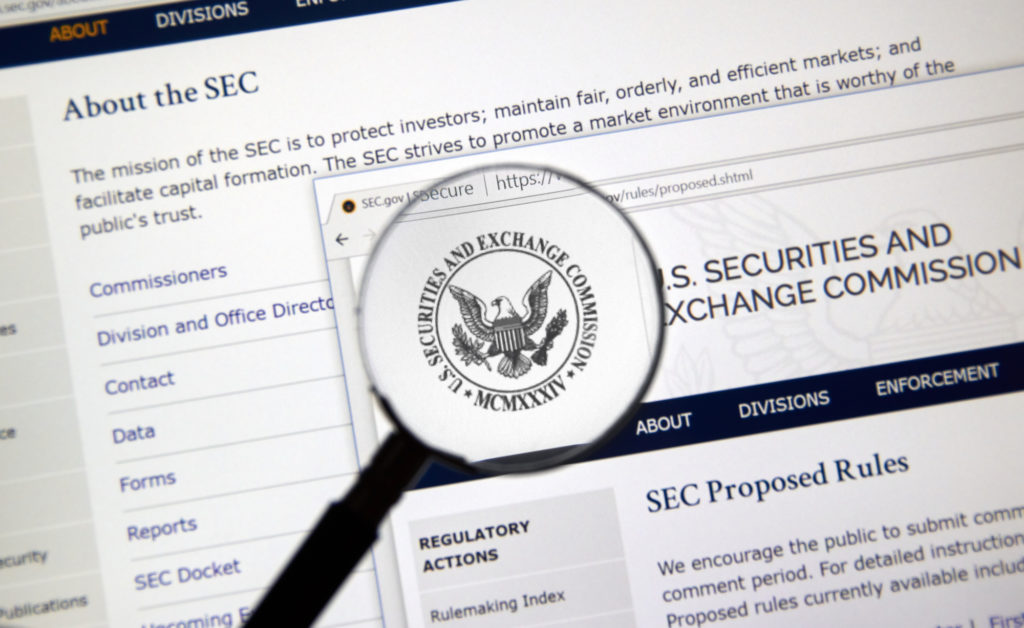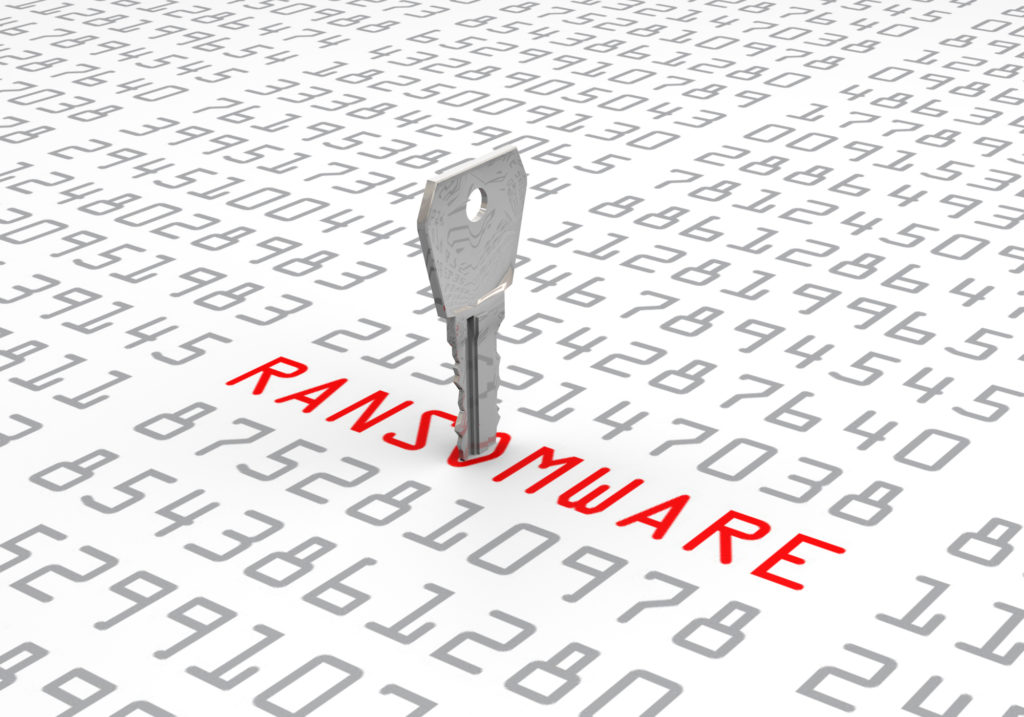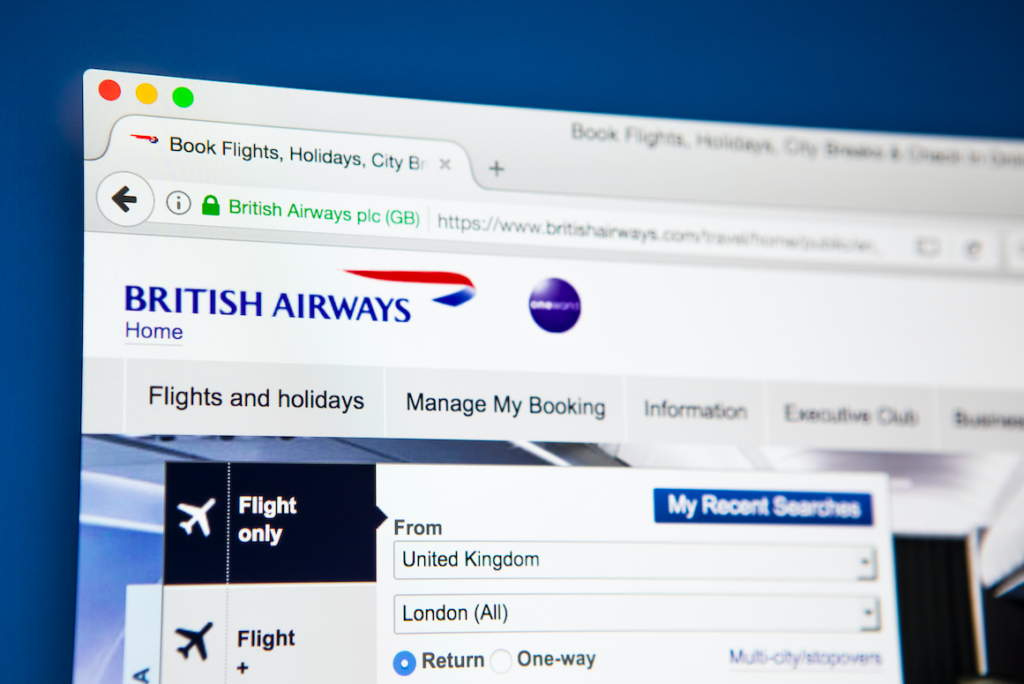
On February 6, 2018, the Senate Committee on Banking, Housing, and Urban Affairs met in open session to conduct a hearing entitled, Virtual Currencies: The Oversight Role of the U.S. Securities and Exchange Commission and the U.S. Commodity Futures Trading Commission. The Honorable Jay Clayton, Chairman, U.S. Securities and Exchange Commission and The Honorable J. Christopher Giancarlo, Chairman, U.S. Commodity Futures Trading Commission provided lengthy and thoughtful prepared statements. In his statement, Chairman Clayton explained why the SEC was devoting significant resources to ensure ICO founders do not skirt SEC’s regulatory oversight of security offerings and Chairman Giancarlo reaffirmed that the CFTC will similarly enforce its regulations on commodities.
Their testimony provides helpful insight regarding the enforcement direction these agencies will take in the coming months. According to Chairman Clayton, in 2017 there was $4 billion raised in ICOs -with an unknown amount being sold in the US. He was generally “very unhappy with ICOs” and mentioned that the SEC was “working the beat hard” to crack down on them. Accordingly, ICOs are in the “crosshairs of enforcement” and tellingly he testified that “every ICO [he has] seen is a security” subject to enforcement. This testimony is consistent with prior SEC pronouncements given that Chairman Clayton previously requested that the SEC’s Enforcement Division “vigorously” enforce and recommend action against ICOs that may be in violation of the federal securities laws. During his testimony, Chairman Clayton repeated several times that the SEC would continue to “crack down hard” on fraud and manipulation involving ICOs offering an unregistered security.
According to Chairman Clayton, the definition of a security is broad and will turn on whether someone can profit from efforts going forward by buying the token and then trade it with someone else for further profit. Both Chairmen recognized that no one agency has any direct oversight of virtual currencies and welcomed efforts from Congress to draft new legislation that would help with their coordination efforts.
In probably the most interesting exchange during their two-hour testimony, Senator Mark Warner of Virginia recognized that the SEC went after certain ICO promoters but not others so directly asked Chairman Clayton whether the SEC “will go back [to scrutinize prior ICOs]?” Correctly avoiding that question – given it requests insight as to future SEC enforcement efforts, Chairman Clayton instead offered that the SEC is counting on lawyers and accountants to also act as “gatekeepers” for future ICOs.
Chairman Clayton’s testimony came on the heels of the SEC’s Cease and Desist Order in the Munchee, Inc. matter that may have closed the lid on many planned 2018 ICO’s given the stringent standard set forth in that SEC Order. By way of background, Munchee created an iPhone application for people to review restaurant meals. In October and November 2017, Munchee offered and then sold purported utility tokens issued on the Ethereum blockchain. “Munchee conducted the offering of MUN tokens to raise about $15 million in capital so that it could improve its existing app and recruit users to eventually buy advertisements, write reviews, sell food and conduct other transactions using MUN.” Order at 1.
In deeming the MUN utility token a “security” subject to SEC oversight, the SEC made the following finding of fact in its December 11, 2017 Order:
Purchasers had a reasonable expectation that they would obtain a future profit from buying MUN tokens if Munchee were successful in its entrepreneurial and managerial efforts to develop its business. Purchasers would reasonably believe they could profit by holding or trading MUN tokens, whether or not they ever used the Munchee App or otherwise participated in the MUN “ecosystem,” based on Munchee’s statements in its MUN White Paper and other materials. Munchee primed purchasers’ reasonable expectations of profit through statements on blogs, podcasts, and Facebook that talked about profits.
Order at 5.
There remains hope for future ICOs given that the SEC is certainly not going after them all. One ICO left untouched by the SEC was “gate keeped” by Perkins Coie and involves an ICO for an Ethereum utility token that raised $35 million in under a minute’s time. See FAQ (“We and our counsel at Perkins-Coie are confident that the Basic Attention Token is properly classified as property with utility on the platform we are building, and not a security.”). Given the subsequent Munchee C&D Order, it is unclear why the SEC does not “go back” to this ICO as suggested by Senator Warner.
The founders of Brave Software launched the “Basic Attention Token” in May 2017 seeking to improve on the current digital advertising ecosystem: “Digital advertising is broken [with] unprecedented levels of malvertisements and privacy violations.” The BAT token looks to fix this broken system by creating an ecosystem tied to consumer attention – which is why it is called the “Basic Attention Token”. Such ecosystem would certainly be an upgrade from the current digital advertising scheme based on the Web ecosystem of 1995. BAT tokens can only derive long term value by way of the Brave® Browser. As set forth by a marketing blogger, “If Brave isn’t adopted, the new advertising structure won’t work.”
By successfully obtaining registered trademark No. 5,362,328 for BRAVE – a mark used to distinguish Brave Software’s “web browser software”, the founders of the BAT token demonstrate ownership rights in the Brave browser, that they are the source of such product, and that they will be the direct cause of the browser’s success. In other words, buyers of the BAT ICO would necessarily profit from the efforts of Brave Software, Inc. On the other hand, there remains utility to the BAT token. Moreover, a utility token will likely always be at least remotely tied to the efforts of its founders – there is little reason to believe a token left in the wild would hatch into anything of value. The fact that the SEC has not scrutinized the BAT ICO is actually an encouraging sign the SEC will temper its enforcement actions when faced with a disruptive blockchain initiative that begets true intrinsic value in the token.
State and Private Enforcement of ICO schemes
In addition to existing federal enforcement, state agencies are also cracking down on ICOs. For example, on January 17, 2018, the Massachusetts Securities Division filed an administrative complaint against a Cayman Islands company given that the company operated out of Massachusetts and its ICO offered for sale “a security without such security being registered or exempt from registration.” Complaint at 2.
And, to the extent state regulatory oversight may be lacking, states will try and enlarge regulatory reach by enacting new laws. For example, California introduced a year ago the Virtual Currency Act (A.B. 1123), which would have required those involved in a “virtual currency business” within the state to register with California’s Commissioner of Business Oversight. Even though this attempt at regulating cryptocurrencies died on January 31, 2018 due to political pressure, it may come back in a different from. Interestingly, there was a carve out in the bill for any “virtual currency business” when it uses “[d]igital units that are used exclusively as part of a consumer affinity or rewards program”.
Class action counsel has also impacted ICOs by directly suing ICO founders in order to recoup millions for class participants. One recent case is Davy v. Paragon Coin, Inc., et al., Case No. 18-cv-00671 (N.D. Cal. January 30, 2018). Plaintiff class counsel sued Paragon based, in part, on the Paragon white paper characterizing its PRG token as potentially increasing in value simply based on the reduction of supply and an increase in demand. Moreover, the paper suggests that “PRG is designed to appreciate in value as our solutions are adopted throughout the cannabis industry and around the world.” Id. at 31. In other words, the efforts of the founders would directly generate a more profitable investment result from the ICO.
Another ICO class action fraud case was filed in Paige v. Bitconnect Intern. PLC, et al., Case No. 3:18-CV-58-JHM (W.D. Ky. January 29, 2018). The plaintiff’s claim of a Ponzi scheme was so strong it resulted in a TRO from the Court a day after filing suit. Any future ICO that results in a loss in value to “investors” will likely trigger class counsel to spring into action.
The future of ICOs remains viable
Where does this trifecta of enforcement efforts – federal, state and private, leave ICOs? If bankers are to believed, there is currently not much “there”, there. In a report dated February 5, 2018, Goldman Sachs Group Inc.’s global head of investment research suggests that investors in ICOs could possibly lose their entire investments. Goldman’s Steve Strongin said that while he did not know a timeframe for total losses in existing coins and tokens, he ruminated: “The high correlation between the different cryptocurrencies worries me. . . Because of the lack of intrinsic value, the currencies that don’t survive will most likely trade to zero.”
Given the disruptive nature of ICOs on the IPO and private equity markets, it is not surprising that the global head of Goldman downplays the future of ICOs – even if he is correct in pointing out the lack of intrinsic value in most every utility token and coin offered in an ICO. Notwithstanding current enforcement actions and competition from traditional markets, the future for ICOs should remain viable. Moving forward, the key to a viable and “compliant” ICO will be whether the ICO is conducted for a utility token having demonstrated intrinsic value connected to the activities of those other than merely the ICO’s founders.










